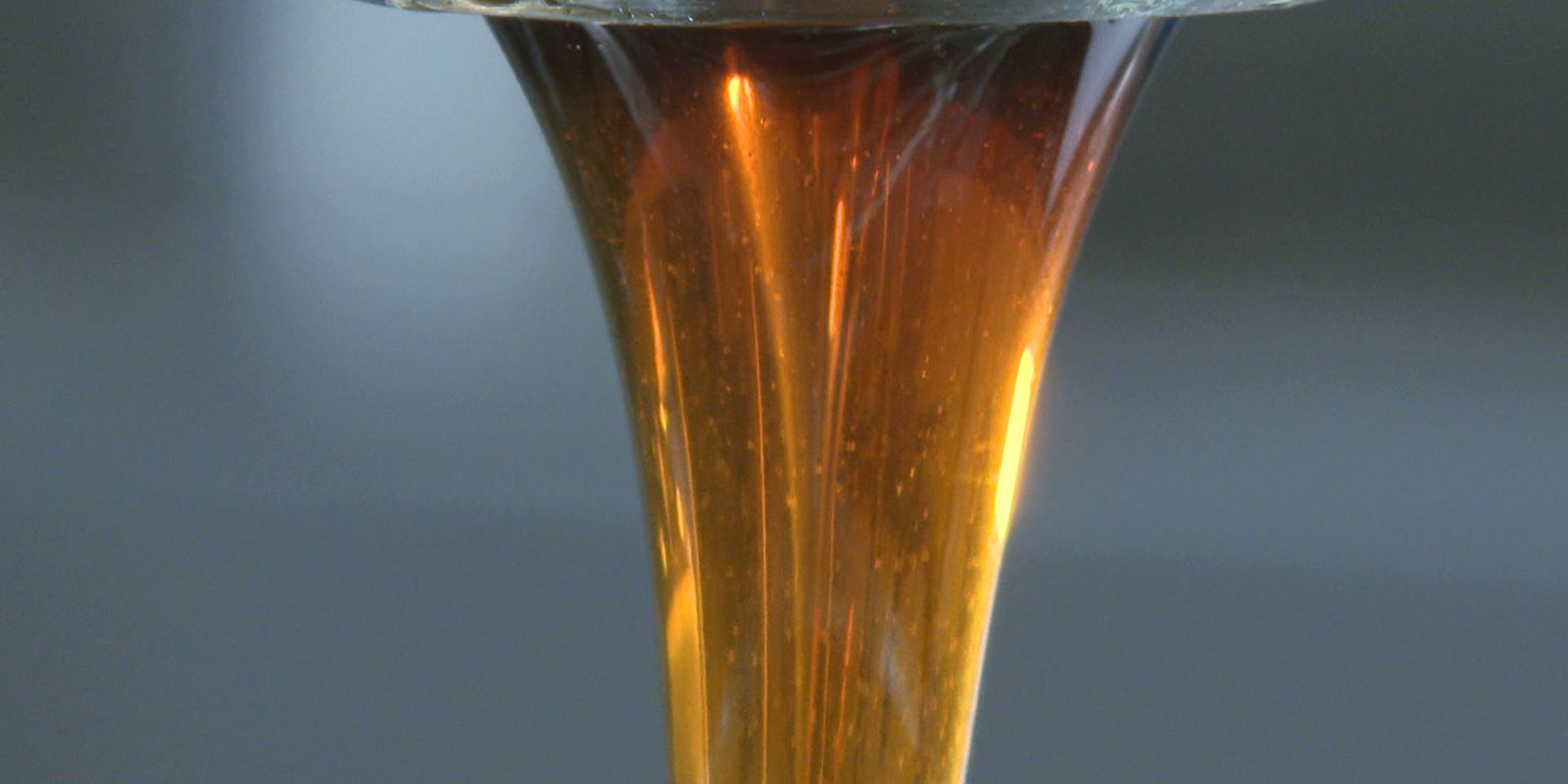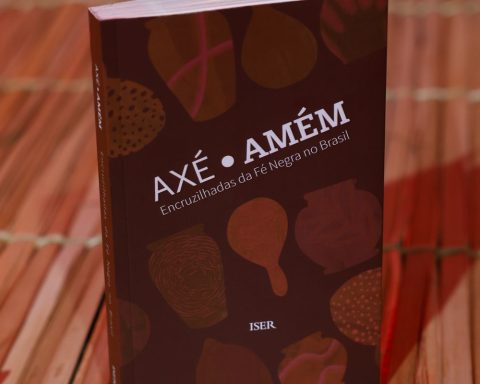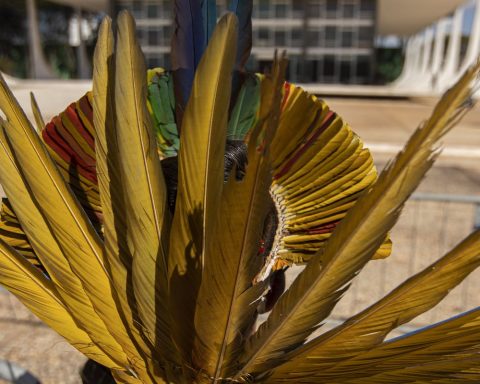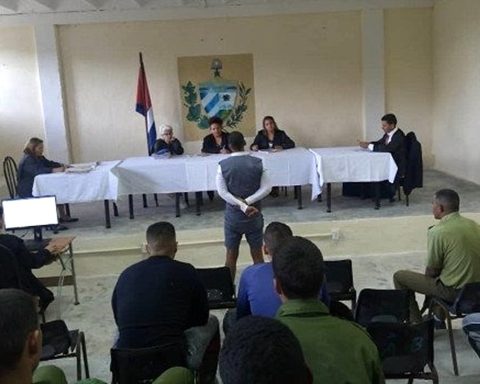Caminhos da Reportagem went to the municipality of São Joaquim, in the Serra region, in Santa Catarina, to get to know this honey that won the seal of geographical indication (GI), of denomination of origin, which recognizes that characteristics of the region are essential for the product, with the name IG Planalto Sul. The seal is given by the National Institute of Industrial Property (INPI).
In this case, honey is only found in an area of 58,987.1 km², covering 107 municipalities in Santa Catarina, 12 in Paraná and 15 in Rio Grande do Sul. This is because it is the region of a typical tree from southern Brazil, the bracatinga, from which honeydew honey originates. The plant is infected by an insect, the mealybug, which feeds on the sap of the plant. After digestion, it is expelled in the form of sweet secretion, the molasses collected by bees, which, from there, make honey.
Studies carried out by the Federal University of Santa Catarina (UFSC) concluded that bracatinga honey has a higher acidity, less glucose and is rich in minerals such as potassium and magnesium, which differentiates it from floral honey. The mealybugs only expel enough quantity to make honey every 2 years, which also makes it a scarcer product on the market, which respects natural processes.
Other geographical indications
The region does not only have honey as a product with a geographical indication. The artisanal mountain cheese, high altitude wine and fuji apple are also produced there – all products that also have the seal of geographical indication, which values and adds value to traditional products of a place.
The first to win the seal was artisanal Serrano cheese, which obtained certification in 2020, with the name IG Campos de Cima da Serra, in the denomination of origin modality. The region produces 1.6 tons of the product per year, with sales of R$ 21 million. At Queijaria Tropeiro Velho, in Capão Alto, the producer couple Wachington Cordova Muniz and Jesabel Machado make a living from cheese production. “A stronger, more flavorful flavor, whoever eats cured cheese like this, finds it difficult to appreciate normal cheese again”, guarantees Wachington.
The fuji apple is also featured and has the seal of geographical indication since 2021, with the name IG Região de São Joaquim, in the denomination of origin modality. Coming from Japan, the fruit has adapted to the climate of the municipalities of São Joaquim, Bom Jardim da Serra, Urupema, Urubici and Panel. The fruit of the region has a more reddish color, is crunchier and more succulent than other varieties. The producer and owner of Colha e Pague Martins, Lilia Martins, tells the difference: “when it gets frost, it forms a drop of honey inside the apple”, which gives a sweeter flavor to the fruit.
In a region of mountains and cold, the wines that adapted well there were the wines, which also have the seal of geographical indication, the IG Santa Catarina, in the indication of origin modality, which highlights places that have become known for the production of this type of product. The region’s climate favors the concentration of aromas and flavors of high-altitude wines. Several wineries already stand out, such as Villaggio Bassetti, in São Joaquim, which also took advantage of tourism as a source of income. “When I started to study the subject, in 2000, the number of tourists in the region was around 60 thousand people a year; three years ago, it was over 200,000 and this increase is due to the wine”, says Eduardo Bassetti, owner of the winery.
the episode Flavors of the mountain cold part of the special series Riches of Our Earthof Reporting Paths. The program will air next Sundayat 10 pm, on TV Brasil.
DATASHEET
Reporting – Tiago Bittencourt
Film reporting – André Pacheco
Technical Assistant – Rafael Calado
Production – Carol Oliveira and Claiton Freitas
Intern – Rafael Ferraz
Text editing – Carina Dourado
Image editing and finalization – André Eustáquio
Art – Júlia Costa


















